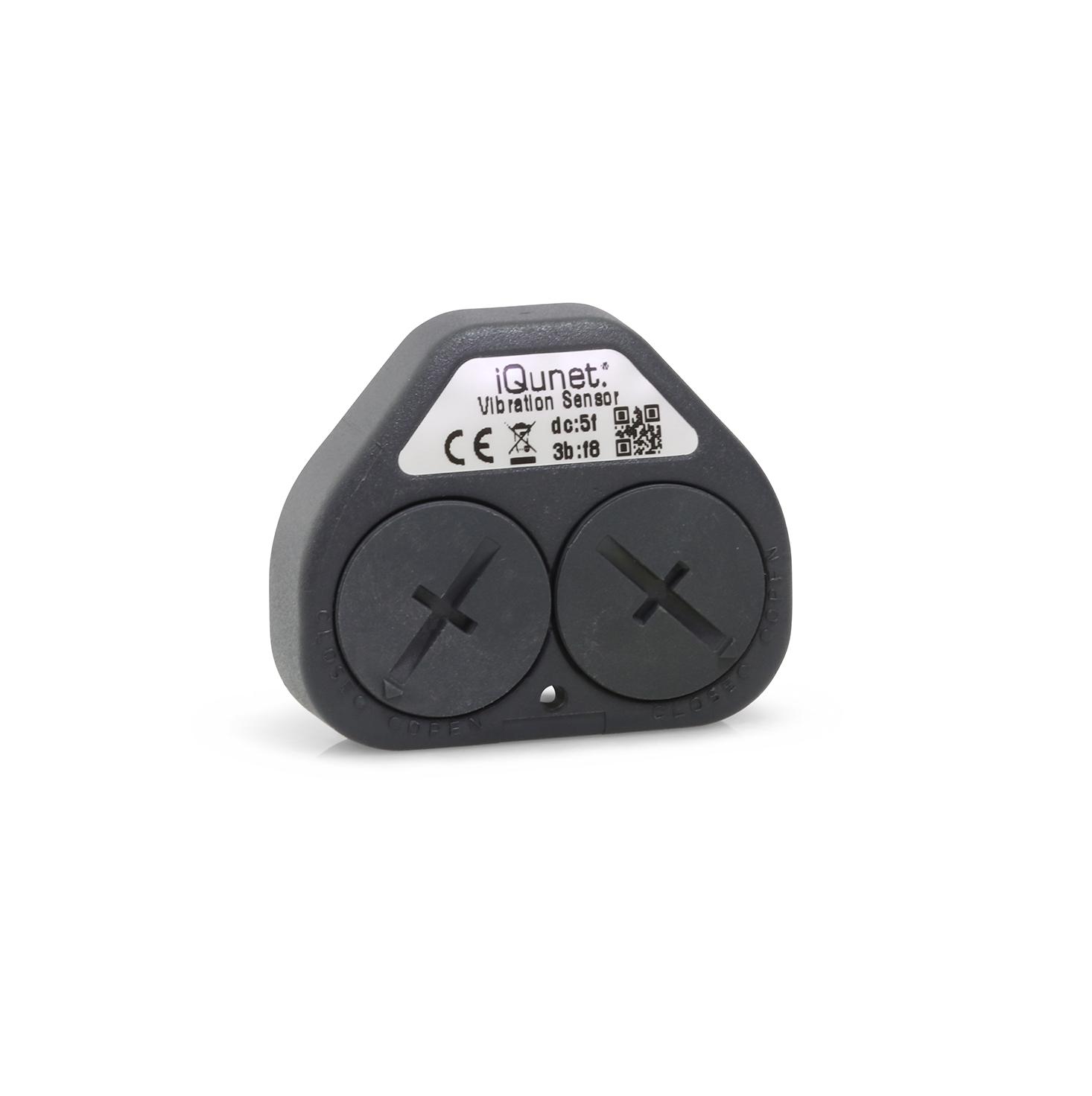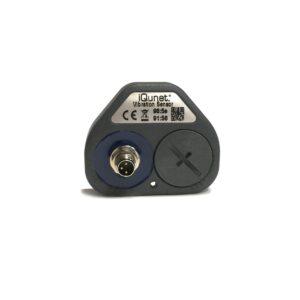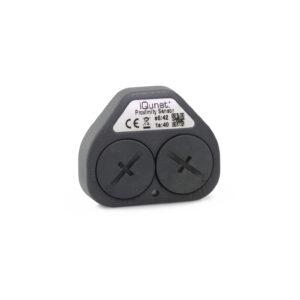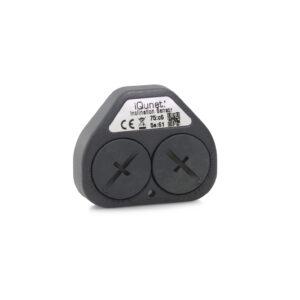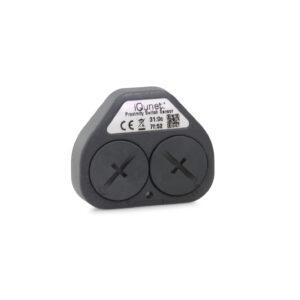- No products in the cart.
- No products in the cart.
Shop
Wireless Battery-Powered MAD Vibration Sensor
€490,93
Synopsis
The iQunet wireless battery-powered MAD (Mean Absolute Deviation) Vibration Sensor is part of the iQunet Vibration Sensor family and measures both vibration and temperature data.
Description
Description
Industrial Wireless Battery-Powered MAD Vibration Sensor
The iQunet Vibration Monitoring Sensors monitor the health of rotating equipment which fits well in the predictive maintenance and asset reliability strategy.
The iQunet wireless battery-powered MAD (Mean Absolute Deviation) Vibration Sensor is part of the iQunet Vibration Sensor family and measures both vibration and temperature data. The sensor collects triple axis time series vibration data and is powered with 2 standard CR2032 coin cells (included) with long lifetime. Sensor parameters can be set remotely such as sampling rate, samples number, dynamic range, automatic measurement interval, etc.
The difference with the standard battery-powered Vibration Sensor is that the MAD Vibration Sensor is in sleep mode until a movement occurs that is larger than the activation threshold. The sensor then wakes up automatically (without external triggering) and starts actively measuring. This continuously measuring makes the sensor very suitable for the detection of anomalies within a measurement interval on tracks, wheels… of moving equipment. After a number of measurement intervals this data could be used to relate detected anomalies to a position.
The MAD Sensor is able to operate outside the wireless range of the iQunet Base Station (or optional intermediate Repeater) during approximately 8 hours. The measurements are then stored on the internal memory. When the sensor is back within the wireless range, the measurements and their according MAD values are transferred to the iQunet Server for further analysis.
Sensor data is visualized in the iQunet Sensor Dashboard on the iQunet Data Server, offering temperature graphs, time series in acceleration (g) and velocity (mm/s), spectrum graphs in (g) and (mm/s) including waterfall plots, RMS trend values and graphs in (g) and (mm/s), crest factor, peak values, etc.
Remark: this sensor can only be used in combination with the new generation iQunet Servers with software version 1.3.1 or higher.
Used in: condition monitoring of moving equipment and tracks, rails, chains, … or moving parts (e.g. wheel bearing on cart)
Technical specifications:
- Physical:
- Dimensions (mm): 57 x 47 x 14
- Weight: 35g
- Case material: thermoplastic
- Sealing: IP65 (IP68 with special battery set)
- Installation: M3 screw (with epoxy adhesive for permanent mount)
- Operating temperature: -20°C to +70°C
- Recommended storage temperature: +30°C maximum
- Certifications:
- CE
- FCC
- KC
- Wireless communications range: up to 50 m (actual range depends on specific site topology and device placement)
- Power supply:
- 2 x 3V coin cell (replaceable CR2032 battery)
- Measurements:
- Amplitude range: 2G, 4G or 8G
- Measurement axis: X, Y and/or Z (3 axis)
- Sampling rate: 12 to 400 Hz
- Number of samples: 32 to 8192 samples
- Units: g or mm/s
- Activity threshold: set automatically based on sensor settings
- Postprocessing:
- Time series, frequency or waterfall plots
- 1/f flicker noise detrending (for velocity spectra)
- DFT averaging for noise reduction
- Trend tracking: MAD (Mean Absolute Deviation), RMS or Kurtosis (g and mm/s)
- Configurable high pass cut off filter
- Optional: Anomaly Detection Service (based on AI/ML unsupervised learning)
- Temperature sensor on board: yes
- Start data acquisition:
- Conditional automatic measurements (programmable threshold level)
- Automatic measurements (programmable time interval)
- Manual trigger (REC button in Sensor Dashboard)
- Communication protocols:
- Subscribe to sensor parameters and data with OPC UA
- Control sensor settings and start measurements using GraphQL mutations
- Read out sensor parameters and data using GraphQL queries
- Data storage: on iQunet (Data) Server or on sensor during approx. 8 hours (when outside wireless range)


